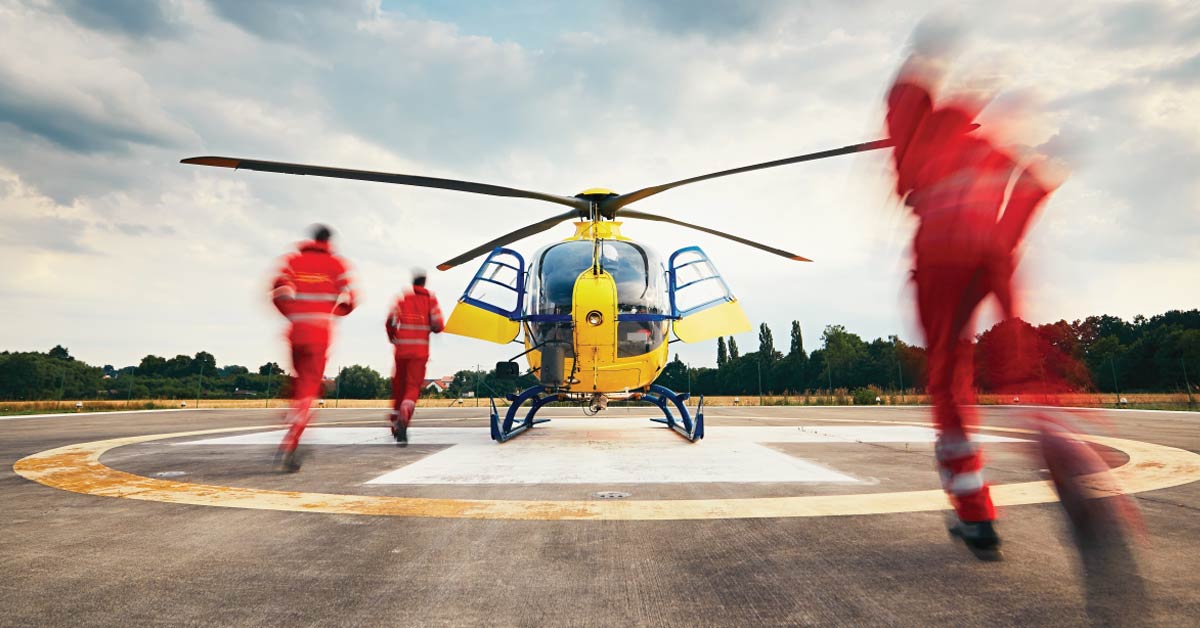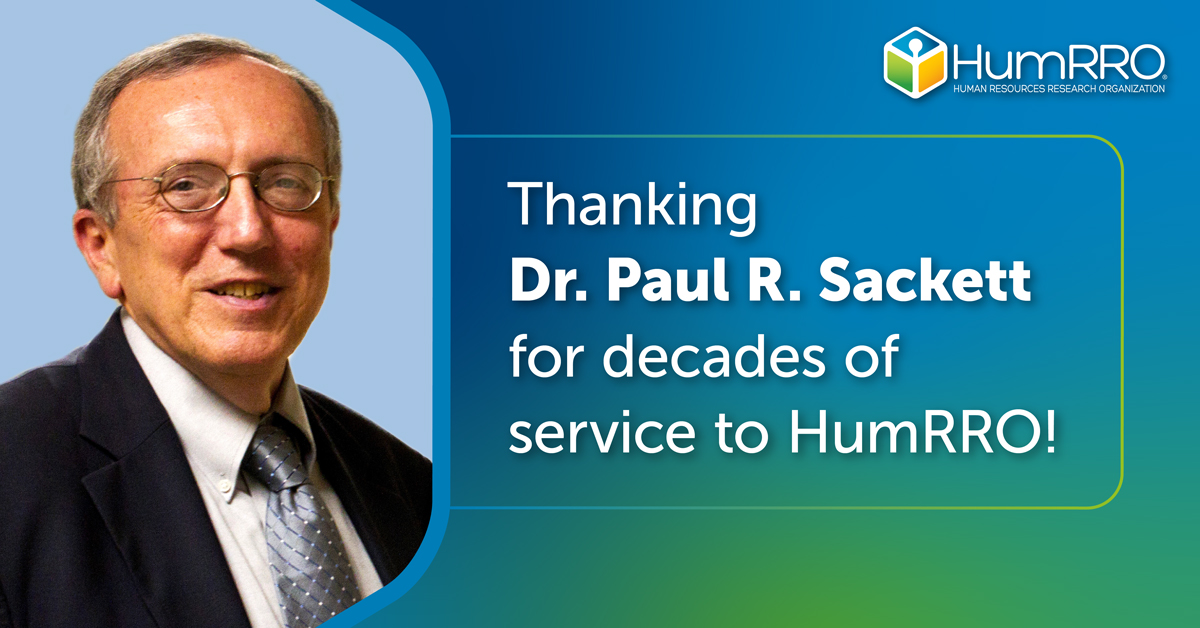HumRRO is pleased to have supported the first-ever study of a vitally important workforce within the healthcare sector—emergency, trauma, and transport nurses. The study, which included a survey of nurses working across the emergency spectrum, generated a clear and comprehensive understanding of the characteristics of this workforce, the challenges its members are facing, and prospects for the future pipeline of emergency nurses. One part of the survey asked participants to provide concrete examples of when they or their colleagues took an action that had an important impact on human, clinical, or operational outcomes. The nearly 2,000 examples generated included:
- Assessing, intervening, evaluating and communicating regarding patients’ clinical conditions
- Increasing patient safety or preventing errors
- Advocating for patients with physicians and management
- Providing counsel and support to patients and their families
- Identifying and helping victims of child abuse, domestic violence, elder abuse, and human trafficking
- Increasing operational quality, speed, and effectiveness
The study also found that while most respondents (69%) felt either prepared or very prepared to succeed in their roles, 40% wanted more training on specific equipment or on developing leadership/management skills, and 80% expected a shortage of emergency, trauma, and transport nurses within the next five to 10 years.
The work was supported through a partnership including the MedEvac Foundation, the Board of Certification for Emergency Nursing (BCEN), the Society of Trauma Nurses (STN), the Air & Surface Transport Nurses Association (ASTNA), and the Emergency Nurses Association (ENA)







